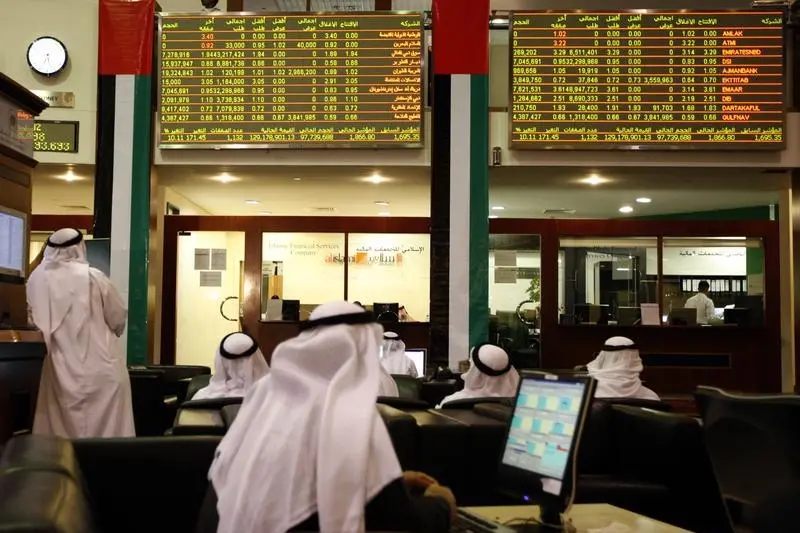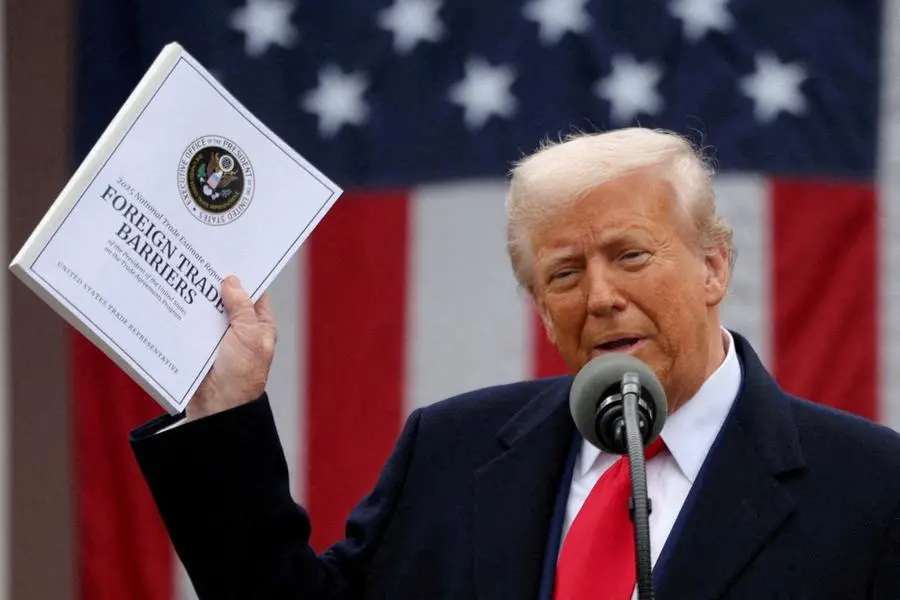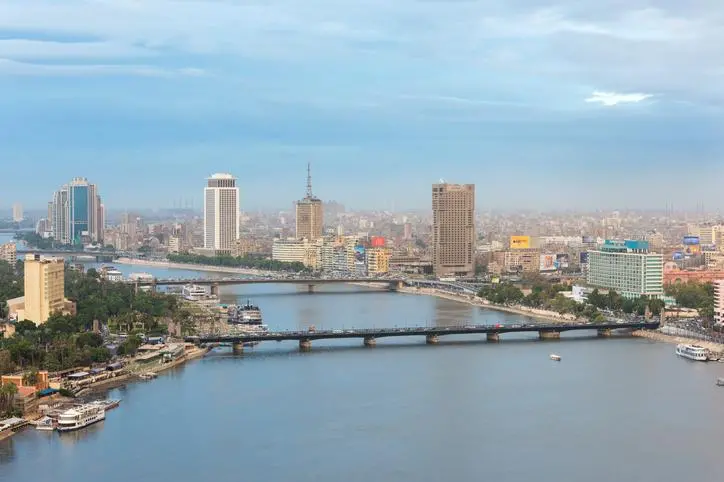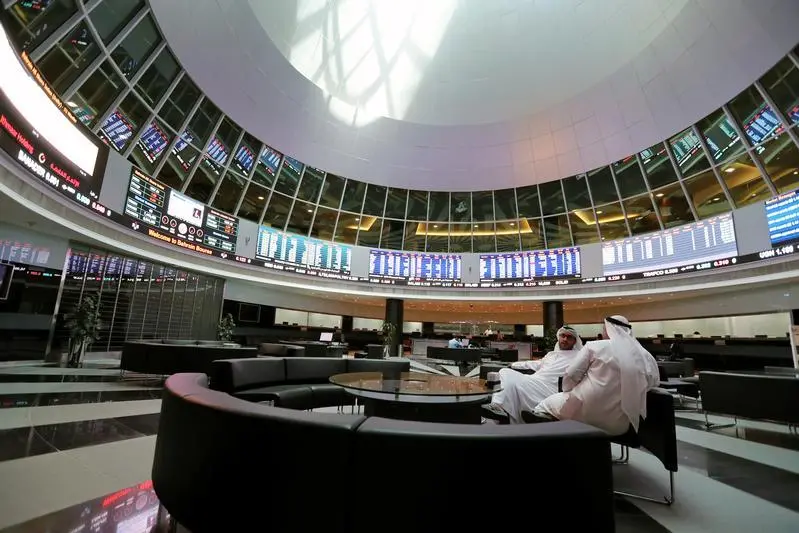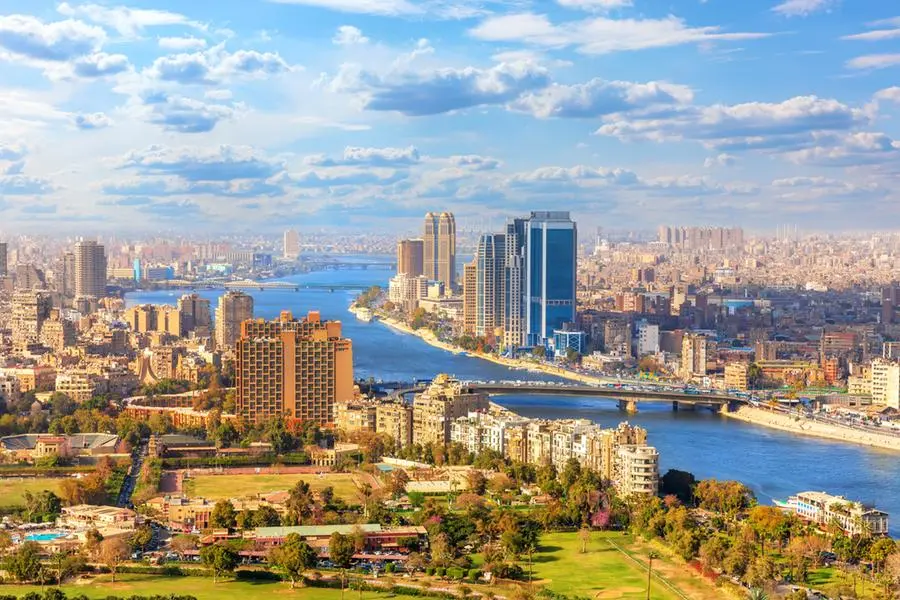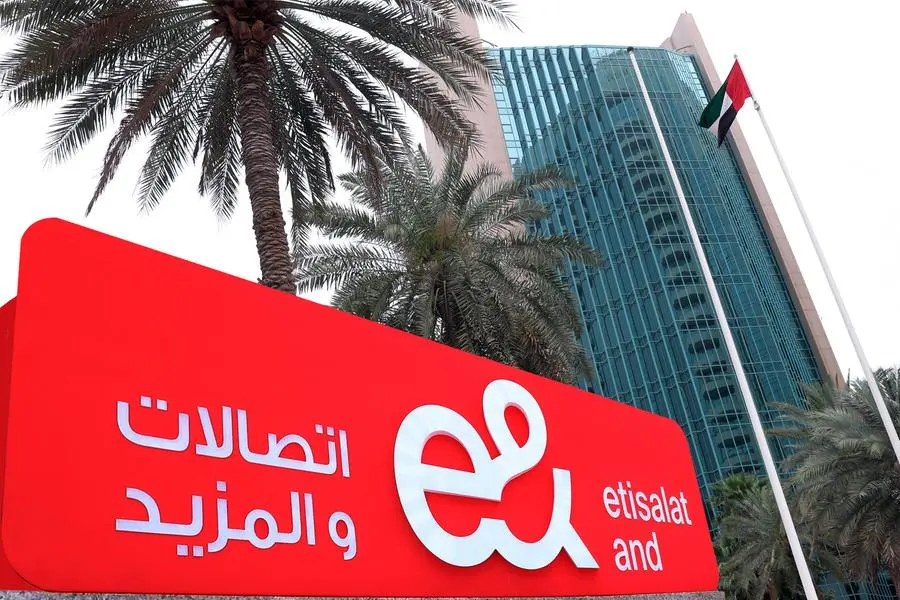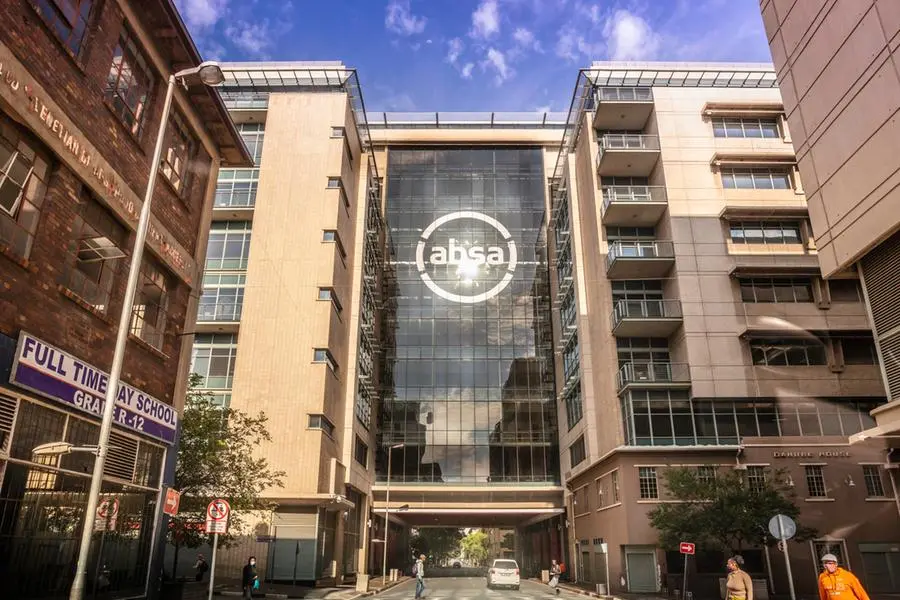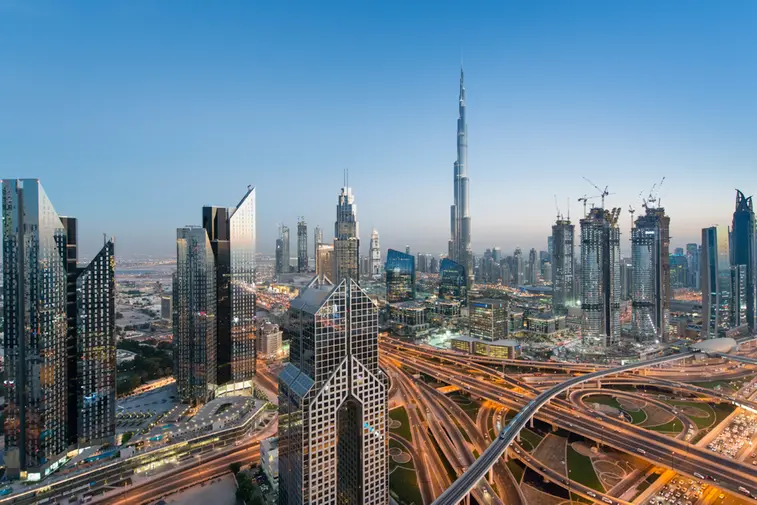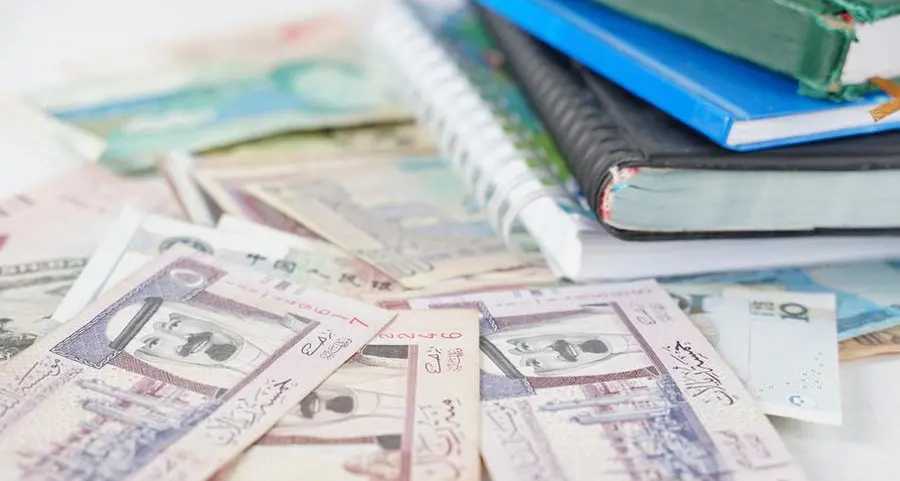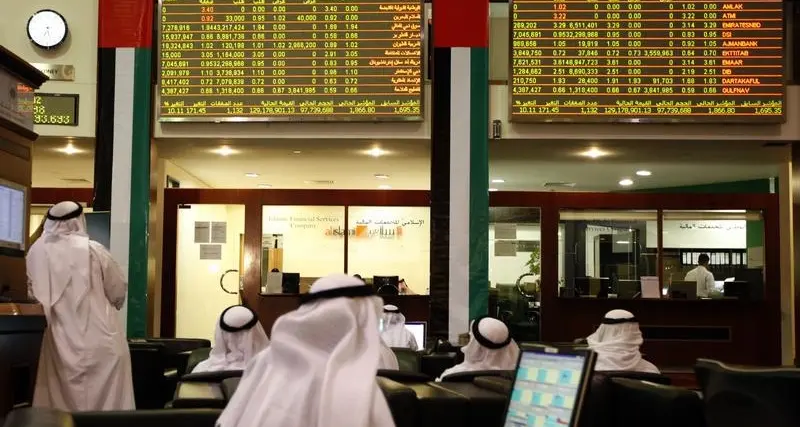Riyadh, March 12, 2014
While governments have done much to enhance competitiveness around the GCC, the next step should be the establishment of regional think tanks to identify and pursue new areas of competitive advantage said Mohamed Al-Mady, SABIC Vice Chairman and CEO, at the 2014 Gulf Petrochemical Association (GPCA) Research and Innovation Summit in Dubai on March 12. Al-Mady is also the Chairman of GPCA.
Speaking at the opening of the first event of its kind to be hosted by the GPCA, Al-Mady said that the changing business environment in the region made the drive for innovation more important than ever. The shale gas revolution in the United States, for example, has driven down the cost of natural gas from double digits to low single digits in the space of only a few years. In June, 2008 the spot price of natural gas quoted on the NYMEX commodity exchange peaked at $12.69 per million British Thermal Units (BTU). In 2012, the price went as low as $1.95.
"Cheap and abundant fossil resources have been our original competitive advantage," said Al-Mady. "Recent history proved that entrenched competitive advantages can fade and that there is little mercy for those who do not get new ones. Innovation has therefore become a must to deliver advantage."
Al-Mady acknowledged the efforts of government to boost competitiveness, highlighting the establishment of KAUST and the Masdar Institute of Science and Technologies as well as technology parks such as the Dhahran and Riyadh Techno Valleys. However he noted that innovation think tanks remain mostly located in other parts of the world. Of more than 550 think tanks listed on Wikipedia only one is in the Gulf region.
"It would be good to see the development of think tanks able to better target rich research budgets, generate or acquire the right innovation faster and better exploit it via monetization of intellectual property and more effective marketing," said Al-Mady. "If something is critical for our future competitive advantage, we should master it,"
Al-Mady observed that the timeframe for developing a new chemical or polymer can take a decade, while the smartphone in which the polymer will be used can be developed in months. At the same time, improving extraction technologies are reducing the time from developing new reserves of natural resources to depletion of those reserves to about a decade.
"The simple truth is that the chemical industry in the Gulf started late in the innovation game and needs to find ways to get to competitive advantage faster than entrenched competitors," he said.
-Ends-
About SABICSABIC ranks among the world's top petrochemical companies. The company is among the world's market leaders in the production of polyethylene, polypropylene and other advanced thermoplastics, glycols, methanol and fertilizers.
SABIC recorded a net profit of SR 25.3 billion (US$ 6.7 billion) in 2013. Sales revenues for 2013 totaled SR 189 billion (US$ 50.4 billion). Total assets stood at SR 339.1 billion (US$ 90.4 billion) at the end of 2013.
SABIC's businesses are grouped into Chemicals, Polymers, Performance Chemicals, Fertilizers, Metals and Innovative Plastics. SABIC has significant research resources with 18 dedicated Technology & Innovation facilities in Saudi Arabia, the USA, the Netherlands, Spain, Japan, India, China and South Korea. The company operates in more than 40 countries across the world with around 40,000 employees worldwide.
SABIC manufactures on a global scale in Saudi Arabia, the Americas, Europe and Asia Pacific.
Headquartered in Riyadh, SABIC was founded in 1976 when the Saudi Arabian Government decided to use the hydrocarbon gases associated with its oil production as the principal feedstock for production of chemicals, polymers and fertilizers. The Saudi Arabian Government owns 70 percent of SABIC shares with the remaining 30 percent held by private investors in Saudi Arabia and other Gulf Cooperation Council countries.
© Press Release 2014








